Paraffin emollients are the first line of treatment for people with eczema. Nearly all mainstream emollients prescribed or recommended for people with dry eczematous skin contain predominantly paraffin. Look at your tubs and tubes and they will all be high in paraffin wax or other derivatives.
If you have eczema, atopic dermatitis or psoriasis you will doubtless know the dermatologists mantra, moisturise, moisturise, moisturise! If you’re lucky you will have found an emollient that works, but some struggle, being given damaging creams like Aqueous and E45, products I think should never be given to anyone with sensitive skin. Read ‘Aqueous Cream worst thing for eczema skin’.
But there’s a problem. The one thing all people with eczema are given and told to use copiously is problematic for our skin.
I’ve used a tonne of paraffin in my life
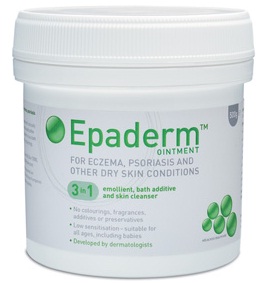
During the worst of topical steroid withdrawal I was getting through a tub of Epaderm a week, sometimes more if I was bathing with it too. Living in the UK I had a Prescription Prepayment certificate that cost about £120 a year, but this saved me a fortune when I was getting prescriptions for topical steroids, emollients, inhalers etc. all in the same month. One script for one medication costs about £9 so this would have easily cost me £50 a month and more on other occasions, so this prepayment option saves a fortune. Read, ‘Save hundreds on prescriptions every year!’
Paraffin containing emollients
There are loads, but doubtless you will have either heard of or used some of the following:
- Aqueous cream
- E45
- Epaderm
- Cetraben
- Zero derm
- Double base
- Hydromol
I could go on… have I missed your chosen paraffin cream?
General guidance is to moisturise, moisturise, moisturise
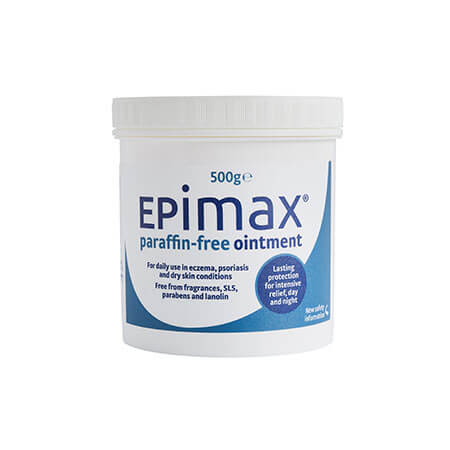
Your dermatologist has likely quoted the phrase, “Moisturise, moisturise, moisturise. I’m coming to believe that is actually counter intuitive and the worst thing for our skin.
Paraffin emollients do seem help, they provide relief to very dry sore tight skin, but long term they can cause the skin to become reliant. Sound familiar to the topical steroid addiction scenario?
So why are they prescribed? Paraffin is a waste by-product from industry and is incredibly cheap as a solution. This sounds like the perfect answer, cheap and effective. As a long term user I can confirm, it can really help people who are in agony, but it’s potentially damaging and dangerous.
Why is paraffin bad for your skin?
There are so many reasons to use caution with these paraffin rich creams, here’s why:
- Potential fire hazard – if paraffin builds up on bedding and clothing. If you smoke this should be a very serious consideration. Do not ever smoke in bed and make sure you wash bedding and clothing regularly on high enough temperature to get the grease out. Between 2000 and November 2018 there were 49 deaths attributed to the use of paraffin emollients and hundreds or thousands of severe burns. ‘Emollients: new information about risk of severe and fatal burns with paraffin-containing and paraffin-free emollients.’
- It can block pores – Don’t get me wrong, it’s been THE only thing I could tolerate on my skin for YEARS. For me it was Epaderm or Epimax, both great for my sensitive skin. Many people find that paraffin is just not tolerated by their skin. It can cause over heating and breakouts due to how the paraffin creates a plaster like layer over skin and prevents the skin from breathing.
- Addictive – As I mentioned earlier, I used A LOT of these paraffin emollients because the doctor told me to. To use more, more and more! Moisturise, moisturise, moisturise is the dermatologists mantra. The problem is this caused yet another addiction for my skin. It literally couldn’t live without it.
- Serious withdrawal – TSW changed my skin though and it kind of rejected all moisturisers at times. This was what caused me to take the plunge and my skin was terrible at first, however it took me about 5-6 months to withdraw. i would urge caution to anyone thinking of doing this. You don’t want to get infections due to broken skin and open wounds. I tapered, and slowly reduced and introduced natural emollients from Balmonds and Lyonsleaf. I also experimented with Shea butter and coconut butter, both were not quite what my skin needed but could be worth experimenting. If you have a latex allergy use shea butter with caution. Speak to your dermatologist before stopping the use or paraffin emollients – I’m not a doctor. I started tapering on small areas of my body and slowly slowly the skin became self reliant again. I now spot treat sore areas, I do not apply loads of anything to my skin, except sometimes oils after a bath, or during massages.
- Infections – Many of these products come in huge tubs, particularly the emollients which are not suitable for a pump action device. However dipping and out of these tubs, leaving the lids off etc. can lead to spreading of infections. The very way we use them, spreading them all over us is also a sure fire to spread any infection and trap it under a gloopy, lardy layer of paraffin.
Now I’m not judging anyone who using any products containing paraffin, I’m just sharing what I’ve found from trusted research sources (shared below) and my own experience. I now use my chosen paraffin FREE balms and emollients sparingly on sore inflamed skin as needed. Instead of 4-5 huge 500g tubs or Epaderm a month I’m now using only one small jar of my lovely organic natural alternatives over one or two months. That is a drastic reduction in moisturising.
Should I stop using my paraffin creams and how?
I would not advocate going cold turkey on your chosen paraffin emollients over night. This would cause the same havoc quitting topical steroids causes. However with careful tapering and gently reducing your use on one part of the body at a time it can be done. What I did was start to use a new natural balm, patch test first, and just it solely on my hands for instance, and stop using the Epaderm or whatever other cream you used before on that area. Continue to use on the rest of your body but just slowly reduce the amount you use.
Please see medical advice before doing anything like this, but I have hear of people getting Balmonds on prescription. I’ve never managed to successfully request it but it’s worth asking. I may revisit this as I am using so much less, I think it would effectively cost the NHS the same amount but I’m not holding my breath on that one.
How to taper and what to expect
This technique or reducing your use is called moisturiser withdrawal, not to be confused with NMT (No moisture treatment). If you are going to try reducing paraffin emollient use please also seek medical advice and do the following:
- Stay hydrated with water, herbal teas
- Eat plenty of fruit and vegetables
- Try to get exercise that causes you to sweat as the sebum secreted will help nourish skin
- Swap to use gentle, natural soap and avoid liquid soaps
- Try to have regular Dead Sea or Epsom salt baths
- Apply natural bath oils (please test first) onto wet skin after bathing to lock in moisture
- Cut down on alcohol as binging can definitely cause dehydration
Basically do everything you can to help your body stay hydrated. I didn’t fully do moisturiser withdrawal, I went for comfort. If my skin felt really tight and sore I used some of my chosen paraffin emollients.
More guidance on moisturiser withdrawal
This video is about topical steroid withdrawal but also discusses moisturiser withdrawal.
I definitely had some kind of withdrawal though, and i can’t be sure if was mixed up with TSW symptoms, but I had about 5-6 months of pretty bad cycling of inflammation, through redness, crusting and excessive shedding. I will never know if this was worsened by me stopping the use of paraffin emollients, but my skin now is so much stronger and more reliable. It really was the best thing I did.
Paraffin free emollients you could try
There are so many paraffin free products that you could try, but finding something suitable can be a nightmare, and cause extra unneeded trauma as the skin flares on testing. It’s very hard to find something that works for you. I would suggest always asking for a tester pot, or if not, at least testing in a small area first before applying liberally.
Here are a few products that you could try. Look for things that don’t have essential oils, preservatives, parabens and perfumes and fragrances. This list is in alphabetical order:
| Product | Ingredients | Price | Tested |
| Aproderm Colloidal Oat Cream | Purified Water, Apricot Kernel Oil, Glycerin, Sucrose Stearate, Cetearyl Alcohol, Glyceryl Stearate SE, Avena Sativa Kernel Flour, Dimethicone, Phenoxyethanol, Vitamin F Ethyl Ester, Ethylhexylglycerin, Xanthan Gum, Disodium EDTA, Vitamin E | £20.98 for a 500g | No |
| Balmonds skin salvation | Olea Europaea (olive) fruit oil* Cera Alba (beeswax) Carthamus Tinctorius (safflower) seed oil* Cannabis Sativa (hemp) seed oil* Aqua and alcohol (from tinctures) Calendula Officinalis (calendula) flower extract** Chamomilla Recutita (chamomile) flower extract* Stellaria Media (chickweed) extract** Urtica Dioica (nettle) extract** | £19.99 for 120ml (250ml now available but sold out at time of writing. Will confirm price) Use code WHATALLERGY for 20% off | Yes – I use this regularly on hands, arms, legs and face when not flaring |
| Epimax paraffin free | Polyoxyethylene hydrogenated castor oil 38% w/w, macrogol cetostearyl ether, medium chain triglycerides, polyoxypropylene stearyl ether, cetostearyl alcohol, hydrogenated castor oil, D&C Yellow/Red | £4.99 for 500g | No |
| Lyonsleaf Zinc and Calendula | Helianthus annuus [sunflower] oil** • orbignya oleifera [babassu] oil** • CI77947 – zinc oxide – non nano** • cera alba [beeswax]** • borago officinalis [borage] oil • tocopherol [natural vitamin E oil – gluten free] • calendula officinalis [calendula flower] extract, althaea officinalis [marshmallow root extract]. **Organic/wild harvest 99% organic/wild harvest/mineral. | £26.99 for 120ml Use code LLWA20 for 20% off | This is the only one I put on my face at the moment. It’s great for reducing inflammation, drying out ooze, softening crusted flakes and healing sore areas. Probably my absolute favourite product, possibly as my face is the worst area and so sensitive. I use minimally, spot treat problem areas and cover with more greasy emollient after applying. |
| Lyonsleaf Marshmallow balm | Helianthus annuus [sunflower] oil** • orbignya oleifera [babassu] Oil** • cera alba [beeswax]** • borago officinalis [borage] oil** • persea gratissima [avocado] oil** • rosa canina [rosehip] oil • tocopherol [natural vitamin E oil – gluten free] • calendula officinalis [calendula flower] extract ** • althaea officinalis [marshmallow root] extract** **Organic/wild harvest 98% | £26.99 for 120ml Use code LLWA20 for 20% off | Love this one too. Use alongside their zinc and calendula cream. A 120ml pot lasts me about a month, maybe slightly more. Best for backs of knees, elbow crease, hands and arms. |
| Obvs Skin | Butyrospermum parkii (Shea Butter)*, Carthamus Tinctorius (Safflower) Seed Oil*, Maranta Arundinacea Root Powder (Arrowroot)*, Euphorbia cerifera cera (Candelilla Wax), Triticum Vulgare Germ Oil, Tocopherol (Vitamin E), *Organic | £9.99 (need to confirm size for this price) Use code WHATALLERGY20 for 20% off | I’ve just discovered this product as an alternative to paraffin emollients. It’s so simple and so soothing. I really like it. It is kind enough to use on my face and have used with Lyonsleaf Zinc and Calendula. I use sparingly, on problem areas and leave most of my skin to heal and lubricate itself. Also comes in completely biodegradable packaging |
Please let me know in the comments below of any other sensitive skin, paraffin free products that I could include here. I want to only include emollients and balms that are not cream based as these are better for what we need the paraffin based emollients for. I look forward to hearing all your suggestions.
Are paraffin emollients all bad?
Many people can use these products with no issue so I’m not saying that they are all bad, but if you find you are using loads and loads and still struggling, it could be a sign that you’re skin needs a break. Please do seek medical advice and research first. This might not be the best thing for everyone. If you’re happy using them then your skin may be fine to continue. Trust that gut instinct, you’ll know what feels right for you.
It does worry me, the more I learn about my skin, the more I realise EVERYTHING I was told to do was bad for eczema and potentially made it worse. I am not 4 years and 5 months into TSW, use natural emollients sparingly and can now shower without needed to slather anything on my skin. It’s truly liberating.
I’d love to year your thoughts below.






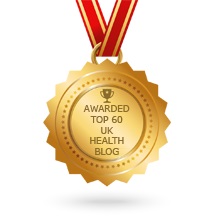


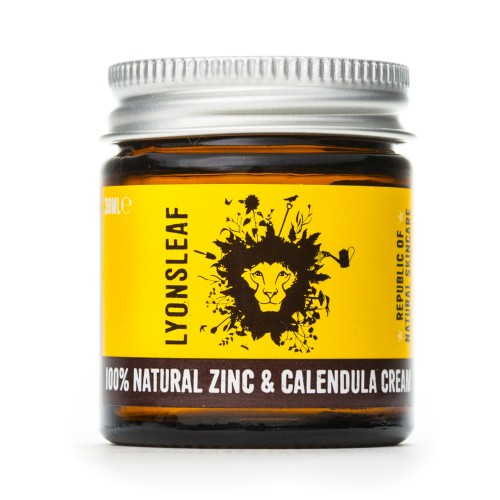
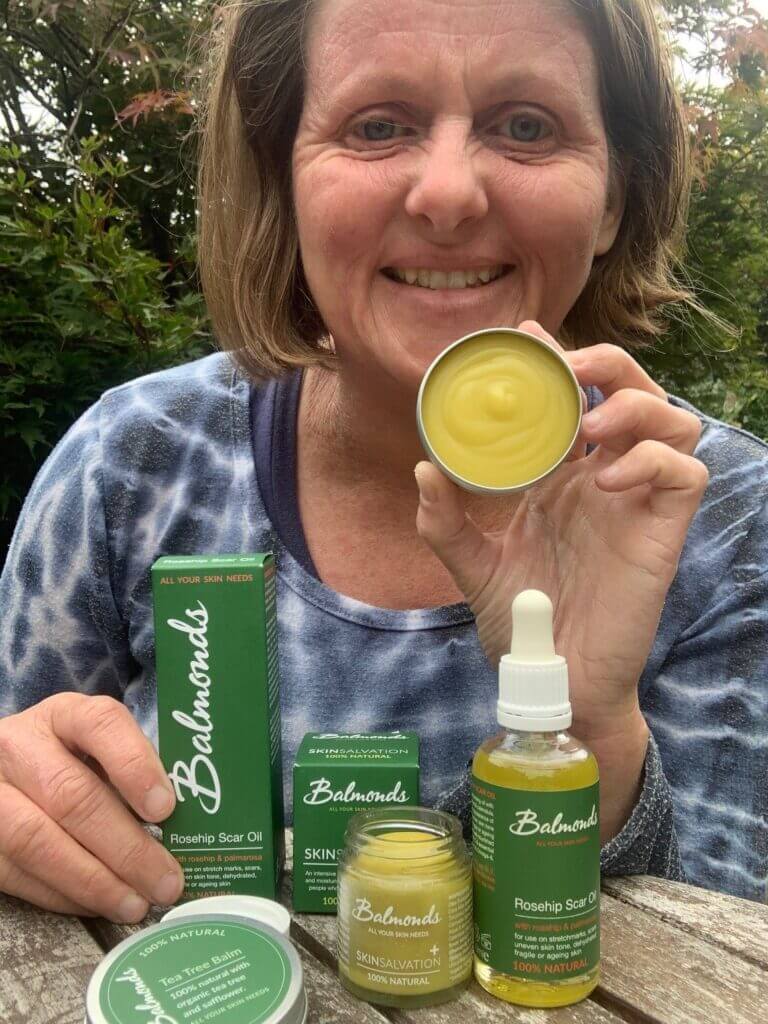
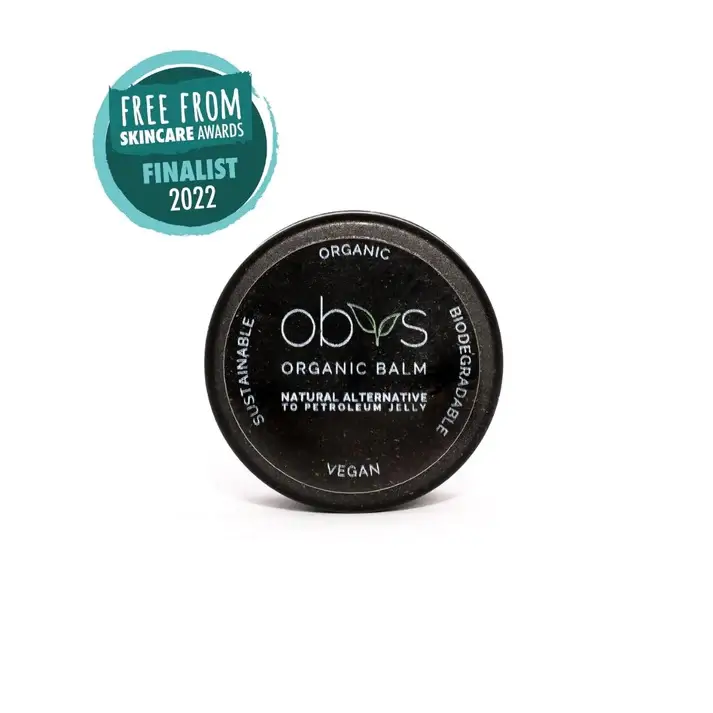
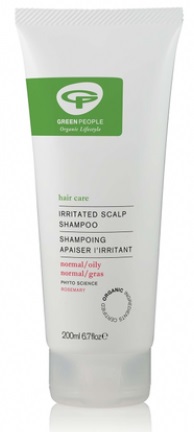

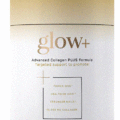
This is the very first bit of advice I have given over the years to any skin patient ie. Please don’t use it if you can. Let’s feed the skin rather than block it. A real pet hate of mine. Yes, another one I actually used to make bespoke balms for patients and I made sure there was no key allergen – how are the extracts made, for example, including wheatgerm oil?? etc etc – maybe I should restart!
I actually used to make bespoke balms for patients and I made sure there was no key allergen – how are the extracts made, for example, including wheatgerm oil?? etc etc – maybe I should restart!
Mayby you should restart Micki, it breaks my heart that we are given so much truly crap guidance from our specialists. I know they think they’re helping but my skin is still healing and it’s had so much damage done to it by both paraffin and topical steroids. Basically we should be listening to what our skin is asking for. I don’t have all the answers but cheap paraffin emollients are not one.
Dead right. Heart-breaking. I wrote an article here for Michelle that might be useful for people: Thinny Skinnies: https://www.skinsmatter.com/thinny-skinnies/
Thanks Micki, I shall have a read. Thanks so much for sharing. I’ve really struggled to find any scientific evidence for this, probably because big pharma makes these paraffin creams as the first line treatment for eczema and atopic conditions.